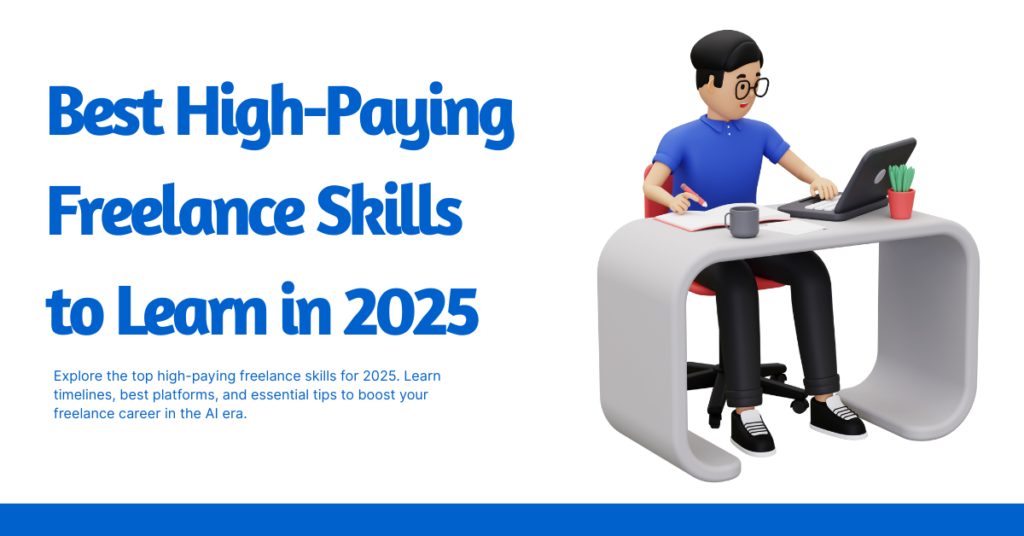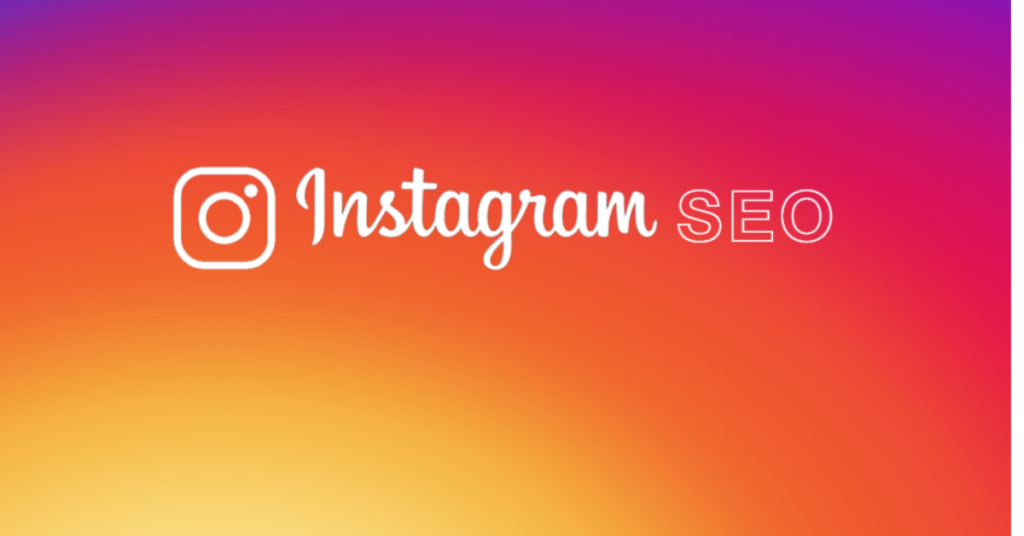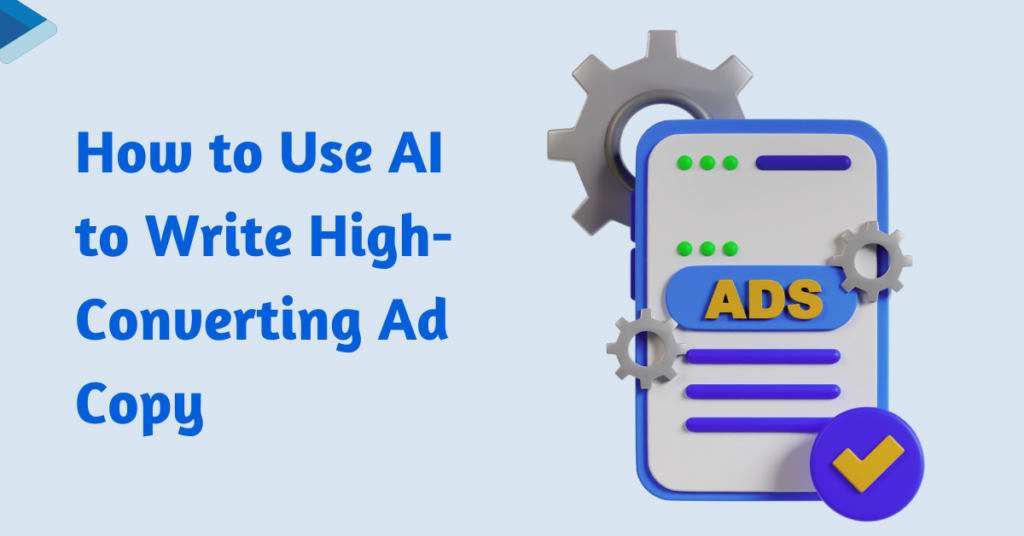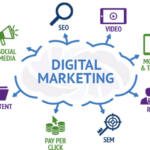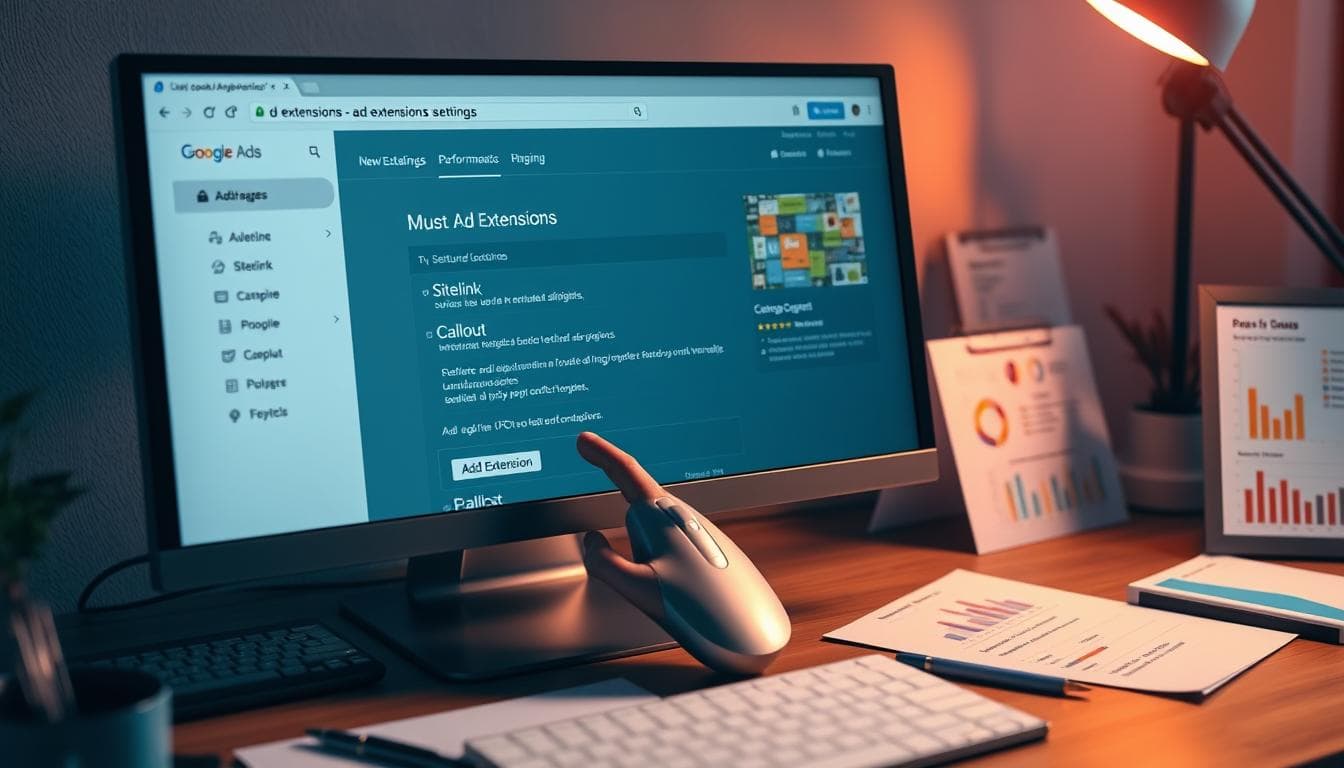What is Search Engine Optimization (SEO) – Ultimate Guide

In today’s digital world, having a strong online presence is key for business success. With millions of websites vying for attention, standing out is tough. Search Engine Optimization (SEO) is a powerful tool to help you shine online1.
I’ve seen SEO’s impact on my business. My website was once lost in the vast online sea. But with SEO, I found a world of opportunities. It drove organic traffic, built my brand, and led to success2.
This guide will cover SEO basics and strategies to boost your website’s ranking. We’ll dive into search engine workings and on-page and off-page optimization. You’ll learn to navigate the digital world and become a leader in your field1.
Key Takeaways
- Search Engine Optimization (SEO) is a set of practices aimed at improving a website’s visibility in organic search engine results.
- SEO involves optimizing website content, structure, and off-site factors to rank higher on search engines like Google.
- SEO is crucial for driving organic traffic, increasing brand awareness, and improving online presence without paid advertising.
- The SEO process includes on-page, off-page, and technical optimizations to enhance user experience and meet search engine criteria.
- Mastering SEO can unlock a world of opportunities, driving organic traffic, building brand recognition, and achieving remarkable business success.
Understanding Search Engine Fundamentals
Search engines, like Google, are at the core of online visibility. They use web crawlers, indexing, and algorithms to give users the best info3. These engines are key to getting more website visitors, with 53% of traffic coming from organic search, a 2019 BrightEdge study found3.
Components of Search Engines
Search engines have crawlers, indexes, and algorithms. Crawlers, like Googlebot, explore the web by following links4. They find new and updated content. This data is then stored in the search engine’s index, sorted and ranked by factors like loading speed and keyword relevance3.
When you search, the engine’s algorithms look through the index to show the best results. These results appear on the Search Engine Results Page (SERP).
How Search Crawlers Work
Search engine crawlers, or “bots,” find and index web content. They keep exploring the internet, following links and collecting data4. This helps search engines quickly find info when you search for something3.
Knowing how these crawlers work helps website owners make their content more visible and indexed by search engines.
Search Engine Results Pages (SERP)
The Search Engine Results Page (SERP) shows up when you search for something3. It has organic search results, paid ads, featured snippets, and more3. Getting your site to show up well on SERP features is key for more visibility and clicks5.
Knowing about search engine components like crawlers, indexes, and algorithms is vital for SEO4. By matching your website’s structure and content to these mechanics, you can boost your online presence. This leads to more organic traffic and better business success online.
What is Search Engine Optimization (SEO)
SEO, or Search Engine Optimization, is about making websites better for search engines and users. It helps websites show up more in search results6. The goal is to get more people to visit and stay on your site6.
SEO is a long-term plan that doesn’t rely on ads6. It’s about making your site better over time.
SEO focuses on using the right keywords and making content better7. It also improves how users feel when they visit your site7. This way, your site can rank higher in search results, bringing in more visitors7.
SEO is more than just tech stuff; it’s about managing your site well and marketing online7.
SEO has changed a lot over the years6. Search engines like Google keep updating their rules to give better results6. SEO now focuses more on user experience and quality content than just keywords6.
By keeping up with SEO trends, businesses can grow online8. It’s key for any online success8.
| Key SEO Factors | Description |
|---|---|
| Content Quality | Providing valuable, informative, and engaging content that resonates with the target audience. |
| Keyword Optimization | Strategically incorporating relevant keywords throughout the website and content. |
| Technical Optimization | Ensuring the website is technically sound, with fast loading speeds, mobile-friendliness, and proper HTML/schema markup. |
| Link Building | Earning high-quality backlinks from authoritative and relevant websites. |
| User Experience | Providing a seamless and enjoyable experience for website visitors, improving engagement and reducing bounce rates. |
A good SEO plan can boost your site’s visibility and attract more visitors7. SEO keeps changing, so you need to keep up to stay ahead8.
“SEO is not just about getting traffic; it’s about getting the right kind of traffic. You need to attract people who are genuinely interested in your products or services.” – Unknown
In today’s digital world, a solid SEO plan is crucial for any business8. Knowing SEO basics and staying current can help you grow your business online8.
Google’s Algorithm and Ranking Factors
SEO is a complex field with Google’s algorithm using over 200 ranking factors9. Knowing the core updates, key signals, and E-E-A-T (Experience, Expertise, Authoritativeness, and Trustworthiness) is key. It helps improve your online presence and website visibility.
Core Algorithm Updates
Major updates like Panda, Penguin, and BERT have changed SEO10. They focus more on content quality, relevance, and authority. Technical aspects like mobile optimization and site speed are also important.
Key Ranking Signals
Top SEO factors include content quality, backlinks, and technical SEO9. Keyword optimization, user experience, and social signals also matter. A study shows content on Google’s first page is about 1400 words long9.
Page speed, mobile-friendliness, and avoiding duplicate content are key for a strong online presence9.
E-E-A-T Principles
The E-E-A-T principles focus on a website’s Experience, Expertise, Authoritativeness, and Trustworthiness10. Websites with “your money or your life” (YMYL) content face stricter checks10. Building E-E-A-T is vital for better SEO rankings10.
Recent updates, like the May 2022 Core Algorithm Update, highlight the need for quality content and user experience10. Keeping up with these changes and adapting your SEO is crucial for a strong online presence.

“Providing high-quality content should be the primary goal for any website owner. Google’s algorithm updates are designed to surface the most relevant, authoritative, and trustworthy information for users.”
| Ranking Factor | Importance (%) |
|---|---|
| Consistent Publication of Engaging Content | 21%11 |
| Backlinks | 13%11 |
| Niche Expertise | 13%11 |
| User Engagement | 11%11 |
| Freshness | 6%11 |
| Mobile-Friendly/Mobile-First Websites | 5%11 |
| Trustworthiness | 4%11 |
| Link Distribution Diversity | 3%11 |
| Page Speed | 3%11 |
| Internal Links | 2%11 |
In summary, understanding Google’s updates, ranking factors, and E-E-A-T is key for effective SEO. Focus on quality content, optimize your website, and build a strong online presence. This will help you rank higher on search engine results pages and attract more traffic.
On-Page SEO Essentials
Mastering on-page SEO is key to making your web pages rank higher and attract more relevant traffic12. It involves optimizing webpages and their content for search engines and users13. This is a crucial part of SEO that improves your website’s search engine rankings and brings in organic traffic12.
At the heart of good on-page SEO are 13 essential elements covered in this guide14. These elements include content, HTML, and website architecture. They all work together to help search engines understand your pages’ relevance and authority13.
- Optimizing for search intent
- Crafting compelling title tags
- Incorporating internal links
- Optimizing URLs for readability
- Creating valuable, informative content
- Structuring content with headers (H1, H2, H3)
- Enhancing pages with visual assets (images, videos, charts)
- Ensuring content quality and freshness
- Optimizing meta descriptions for click-through
- Aligning with E-A-T principles (Expertise, Authoritativeness, Trustworthiness)
- Strategically placing target keywords
- Optimizing page speed and mobile-friendliness
- Leveraging internal linking to improve site structure
By focusing on these on-page SEO essentials, you can create content that resonates with your audience and helps search engines understand your pages’ value12. Google suggests prioritizing quality content that matches user intent for better SEO results12.
“On-page SEO provides more control over optimizing factors than off-page SEO. Creating valuable content that matches user intent is crucial for effective on-page SEO.”12
Regularly updating content and providing fresh information is also rewarded by Google, as Search Engine Journal has shown14. Site speed is recognized as a ranking factor in search results14.
| On-Page SEO Element | Best Practices |
|---|---|
| Title Tags | Keep between 50-60 characters to avoid truncation by Google12. |
| Meta Descriptions | Use active voice and include a call-to-action to boost click-through rates12. |
| Headings and Subheadings | Organize content with relevant H1, H2, and H3 tags for better user experience and SEO12. |
| URLs | Include relevant keywords for user understanding and search engine optimization12. |
| Internal Links | Strategically link to other pages on your site to help search engines navigate and understand your website’s structure12. |
By implementing these on-page SEO essentials, you can optimize your content for both search engines and users12. This improves your website’s search engine visibility and user engagement14.
Technical SEO Components
Improving your website’s technical setup is key for search engines to find and rank your content well. Important technical SEO areas include website structure, mobile optimization, and site speed.
Website Structure
A well-organized site is essential for both users and search engines. Your site should have a clear navigation that’s easy to follow. No page should be more than three clicks from the homepage15.
Use simple, clear URLs without unnecessary words. This makes your site easier for search engines to crawl and index15. Adding breadcrumb navigation and XML sitemaps helps search engines understand your site’s layout15.
Mobile Optimization
Google now favors mobile-friendly websites for better rankings. Websites that work well on mobile devices rank higher because they offer a better user experience16. Having a mobile-friendly site is crucial for SEO success16.
Site Speed and Performance
Fast page loading times are important for both desktop and mobile searches. Slow sites can frustrate users and lose traffic. So, improving your site’s speed is vital for better rankings16.
Techniques like image compression and using a CDN can boost your site’s speed16. Minifying HTML, CSS, and JavaScript files also helps16. Remember, a one-second delay in page load time can increase bounce rates by 90%17.
| Technical SEO Component | Description | Best Practices |
|---|---|---|
| Site Architecture | The structure and organization of a website, including navigation, internal linking, and page hierarchy. |
|
| Mobile Optimization | Ensuring a website is mobile-friendly and provides a seamless user experience on mobile devices. |
|
| Site Speed and Performance | Optimizing a website’s loading times and overall performance to provide a better user experience. |
|

By focusing on these technical SEO areas, your website will be easier for search engines to crawl and index. This will improve your site’s visibility and user experience.
“Technical SEO responsibilities include addressing duplicate content, structured data, and robots.txt to help Google render websites better in search results.”15
Off-Page SEO Strategies
Off-page SEO is about things outside your website that affect its ranking. It focuses on getting backlinks from trusted sites. These links show search engines your site is trustworthy and important18. But, it’s not just about links. Brand mentions, social media, and reviews also matter18.
These elements help your site’s authority and credibility. They make your site more visible and ranked higher in search results18.
Link building is a key off-page tactic19. Backlinks are crucial for Google rankings. Sites with many backlinks rank higher19. Search engines see backlinks as endorsements from other sites19.
- Broken link building is a strategy to replace broken links with your content links18.
- Unlinked brand mentions are online mentions of your brand without links. You can ask for links from these sites18.
- Content marketing helps earn backlinks and media attention. It also boosts your site’s E-A-T signals for SEO18.
- Digital PR can get you backlinks, increase brand awareness, and drive traffic18.
- Social media helps gain attention and indirectly boosts off-page SEO. It increases your brand’s visibility1819.
- Influencer marketing reaches new audiences and builds your brand. It amplifies your content through influencers18.
- Guest posting exposes your content to new audiences. It can lead to mentions and backlinks, especially in niche publications1819.
Using these off-page SEO strategies can boost your site’s authority and visibility. This drives more traffic and potential customers to your site19.

“Off-page SEO is about building trust and authority for your website by earning high-quality backlinks, brand mentions, and social signals.”
| Off-Page SEO Metric | Description |
|---|---|
| Page Authority Score | A metric that predicts how well a specific page will rank on search engine results pages (SERPs)18. |
| Number of Referring IPs (Domain) | The number of unique IP addresses that link to a website’s domain18. |
| Number of Referring Domains (Domain) | The number of unique domains that link to a website’s domain18. |
| Number of Referring IPs (URL) | The number of unique IP addresses that link to a specific URL on a website18. |
| Number of Backlinks (Domain) | The total number of backlinks pointing to a website’s domain18. |
| Number of Backlinks (URL) | The total number of backlinks pointing to a specific URL on a website18. |
Content Optimization Best Practices
Content optimization is key to a good SEO strategy. It makes your website content better for users and search engines. The main steps are a strong keyword strategy, high-quality content, and understanding user intent.
Keyword Research and Implementation
Starting with keyword research is crucial. Tools like Ahrefs’ Keywords Explorer give you lots of keyword ideas. They include search volumes and how hard it is to rank for them20. This helps you make content that people want to find.
After picking your keywords, use them wisely in your content. Google says where you put your main keyword matters for ranking21. Also, putting your main keyword in the title tag can help more people find your page21.
Content Quality Guidelines
Creating original, high-quality content is vital. Don’t copy content on your site, including titles and descriptions21. Make content that’s engaging, useful, and answers what your audience is looking for.
User Intent Optimization
Understanding user intent is important. Different searches have different needs. Make sure your content meets those needs to improve user experience.
Also, using rich snippets can make your content stand out in search results20. Checking your site’s performance in Google Search Console can give you insights21.
By following these content optimization best practices, you can make your SEO strategy better. This will help your site rank higher and provide value to your audience.

| Ranking Factor | Importance |
|---|---|
| Backlinks | One of the top three ranking factors, with more backlinks leading to increased organic traffic20 |
| Featured Snippets | Google typically pulls featured snippets from pages ranking between 2 – 8 and places them on top of other organic results, providing a shortcut to the top20 |
| Schema Markup | The Schema Markup Validator helps validate schema code applied on web pages, ensuring its correct implementation20 |
| Content Gap Analysis | A content gap analysis can help identify potentially missing subtopics in your content that searchers want to know, allowing for improvement based on competitive analysis20 |
“SEO has a rich history spanning over two decades, with its emergence in the mid-1990s coinciding with the launch of the first search engines.”22
SEO Tools and Analytics
Using SEO tools and analytics platforms is key to a good SEO strategy. Tools like Google Search Console and Google Analytics give you deep insights into your site’s performance. They help you see how well your site does in searches and how users interact with it23.
By checking the data from these tools often, you can make your SEO better. You can find areas to improve and see how your efforts affect your site’s ranking and traffic23. For example, in 2019, Search.gov will help you understand how search engines work. This knowledge can guide your SEO decisions.
Tools like keyword research and rank tracking help you understand your competition and find important keywords. This lets you make your content better23. Also, in 2020, a talk on USPS.com’s approach to improvement will show how to use analytics and feedback to improve your site. This is great for any business looking to boost its SEO.
FAQ
What is Search Engine Optimization (SEO)?
What are the components of search engines?
How do Google’s algorithms work?
What is SERP analysis?
Source Links
- Search Engine Optimization: The Ultimate Guide to SEO – https://rockcontent.com/blog/what-is-seo/
- What is SEO? A Search Engine Optimization Guide – https://www.wordstream.com/seo
- What Is SEO – Search Engine Optimization? – https://searchengineland.com/guide/what-is-seo
- What is SEO? Understanding Search Engine Optimization – https://www.theedigital.com/blog/what-is-seo
- What Is SEO? An Intro to Search Engine Optimization – https://www.semrush.com/blog/what-is-seo/
- Search engine optimization – https://en.wikipedia.org/wiki/Search_engine_optimization
- What is SEO? (Search Engine Optimization) | Michigan Technological University – https://www.mtu.edu/umc/services/websites/seo/what-is/
- What is Search Engine Optimization (SEO)? | Definition from TechTarget – https://www.techtarget.com/whatis/definition/search-engine-optimization-SEO
- Google’s 200 Ranking Factors: The Complete List (2024) – https://backlinko.com/google-ranking-factors
- SEO Ranking Factors: Unveiling 10 Powerful Factors for 2024 – https://optinmonster.com/seo-ranking-factors/
- The 2024 Google Algorithm Ranking Factors – First Page Sage – https://firstpagesage.com/seo-blog/the-google-algorithm-ranking-factors/
- On-Page SEO: What It Is and How to Do It – https://www.semrush.com/blog/on-page-seo/
- The Complete Guide to On-Page SEO – https://www.searchenginejournal.com/on-page-seo/
- 13 Essential On-Page SEO Factors You Need To Know – https://www.searchenginejournal.com/on-page-seo/essential-factors/
- Technical SEO For Beginners: The 4 Must-Have Components – https://www.klientboost.com/seo/technical-seo/
- What Is Technical SEO? Basics and Best Practices – https://www.semrush.com/blog/technical-seo/
- The Ultimate Guide to Technical SEO – https://blog.hubspot.com/marketing/technical-seo-guide
- What Is Off-Page SEO? A Guide to Off-Page SEO Strategy – https://www.semrush.com/blog/off-page-seo/
- What Is off-Page SEO? 15 off-Page SEO Tips to Boost Rankings – https://optinmonster.com/off-page-seo/
- Content Optimization: The Complete Guide – https://ahrefs.com/blog/content-optimization/
- 10 Best Practice to Improve Your SEO Rankings – https://backlinko.com/hub/seo/best-practices
- What Is SEO? Search Engine Optimization Best Practices – https://moz.com/learn/seo/what-is-seo
- What is search engine optimization (SEO)? – https://www.optimizely.com/optimization-glossary/search-engine-optimization/



